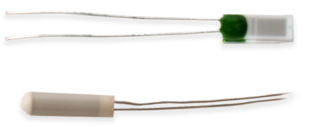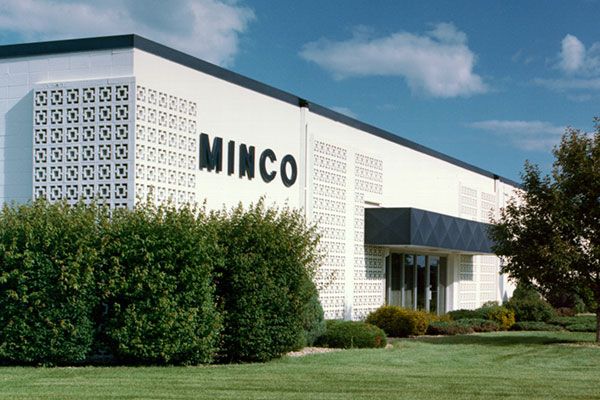Minco RTD SENSORS
Minco Products offers a diverse array of Resistance Temperature Detectors (RTDs), catering to the precise temperature sensing needs of various industries. Among our RTD sensor offerings, customers can find platinum-based RTDs, known for their high accuracy and stability across a broad temperature range. Minco Products’ commitment to providing a variety of RTDs ensures that industries can access temperature sensing solutions tailored to their unique operational demands, combining reliability and precision for optimal performance.
Minco supplies RTDs to work with nearly any type of instrument option:
- Platinum RTDs with wide range of TCR (temperature coefficient of resistance)
- Nickel, copper, and nickel-iron RTD elements
- Non-standard resistance-temperature curves
- Base resistances from 10 to 10,000 ohms
- Thin film or wire wound constructions


What is a resistance temperature detector (RTD)?
An RTD sensing element consists of a wire coil or deposited film of pure metal. The element’s resistance increases with temperature in a known and repeatable manner. RTDs exhibit excellent accuracy over a wide temperature range and represent the fastest growing segment among industrial temperature sensors
advantages of an rtd temperature sensor
- Temperature range: Minco models cover temperatures from -260 to 650°C (-436 to 1202°F).
- Repeatability and stability: The platinum resistance thermometer is the primary interpolation instrument used by the National Institute of Standards and Technology from -260 to 962°C. Ordinary industrial RTDs typically drift less than 0.1°C/year.
- Sensitivity: The voltage drop across an RTD provides a much larger output than a thermocouple.
- Linearity: Platinum and copper RTDs produce a more linear response than thermocouples or thermistors. RTD non-linearities can be corrected through proper design of resistive bridge networks.
- Low system cost: RTDs use ordinary copper extension leads and require no cold junction compensation.
- Standardization: Manufacturers offer RTDs to industry standard curves, most commonly 100 platinum to EN60751 (Minco element code PD or PM)
WHAT IS THE DIFFERENCE BETWEEN AN rtd AND A tHERMOCOUPLE?
Check out the Minco Blog post, Choosing the Right Temperature Sensor: RTD Sensors vs Thermocouples for more information.
NEED HELP BUILDING THE RIGHT PART?
Build a part number according to your specifications.
LOOKING FOR A CUSTOMIZED SENSING SOLUTION?
Half of the sensors we produce are custom engineered designs developed for challenging applications. Our Engineers are ready to help.
INTERESTED IN A STANDARD PART?
Fully half our sensors are engineered custom designs that deliver the best fit for challenging applications. Our Engineers are ready to help.
